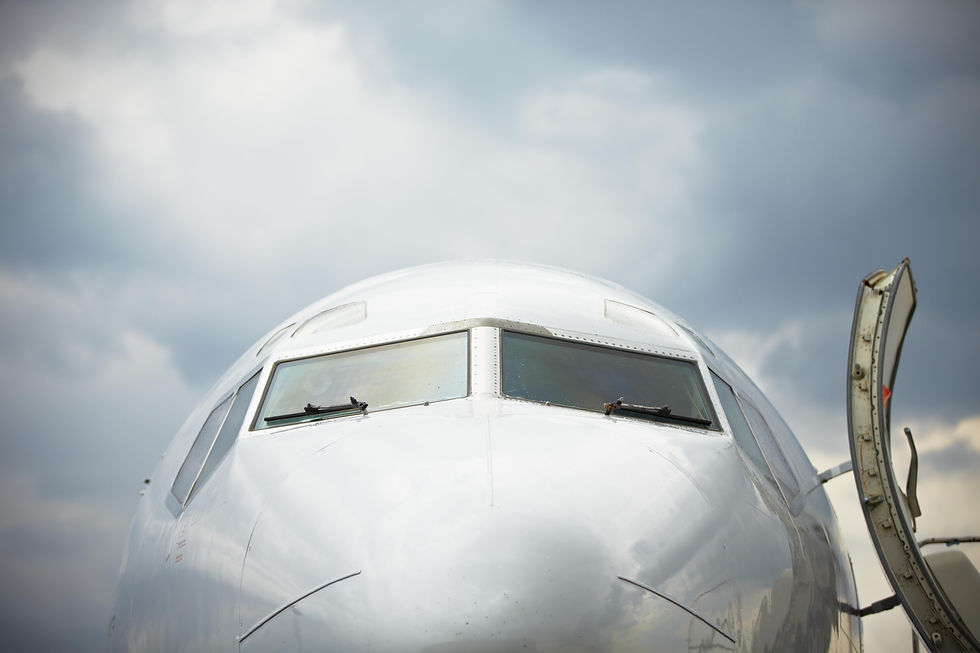REGULATORY CROSSWINDS: FLYSAFAIR CLEARED FOR TAKEOFF AMID OWNERSHIP DISPUTE
- BEE NEWS
- Feb 10
- 2 min read
By Safair | 5 February 2025

For months, South Africa’s aviation landscape has been clouded by regulatory uncertainty, with FlySafair at the centre of a dispute over ownership structures and compliance with nationality provisions. After concerns were raised by rival airline, the Air Services Licensing Council (ASLC) ruled that FlySafair must adjust its voting rights within 12 months—but crucially, the airline remains fully operational, ensuring that passengers can continue booking and flying with confidence.
At issue is the interpretation of the Air Services Licensing Act, which requires that at least 75% of an airline’s voting rights be held by South African residents. FlySafair, whose structure includes a 50% trust managed by local trustees, had previously been understood to meet this requirement. However, the ASLC has adopted a stricter stance, demanding that these rights be held by natural persons rather than corporate or trust structures—an interpretation that could have far-reaching consequences for multiple South African airlines.
No Immediate Threat to Flights
Despite the headlines, the ASLC’s decision does not pose an immediate operational risk. The council has granted a 12-month compliance period, meaning flights will continue as scheduled.
Gordon reassured customers that FlySafair remains a fully licensed and compliant carrier:
“There is no immediate threat to our ability to operate, and our team is committed to resolving this matter while keeping customers flying. It’s great that we can keep our focus where it matters most: on our customers.”
Legal and Structural Pathways Forward
FlySafair is currently evaluating its legal and structural options. While one route involves making adjustments to its ownership structure, the airline has not ruled out challenging the ruling in court, particularly given its broader implications for the aviation sector.
Other industry players will likely be watching closely. If the ASLC’s stance is upheld, airlines may need to restructure their holdings or face regulatory action—raising questions about South Africa’s competitiveness and attractiveness to investors in the aviation space.
A Need for Clearer Guidelines
For now, FlySafair’s situation underscores the need for regulatory consistency. The ASLC has yet to provide detailed guidance on what an acceptable compliance structure would look like, leaving airlines navigating a grey area.
As South Africa’s most successful low-cost carrier, FlySafair is no stranger to navigating industry challenges. Whether through legal clarification or structural adjustments, the airline remains confident that it will continue serving South Africans with affordable, reliable air travel—no matter the regulatory turbulence ahead.
‘Disclaimer - The views expressed here are not necessarily those of the BEE CHAMBER’.



